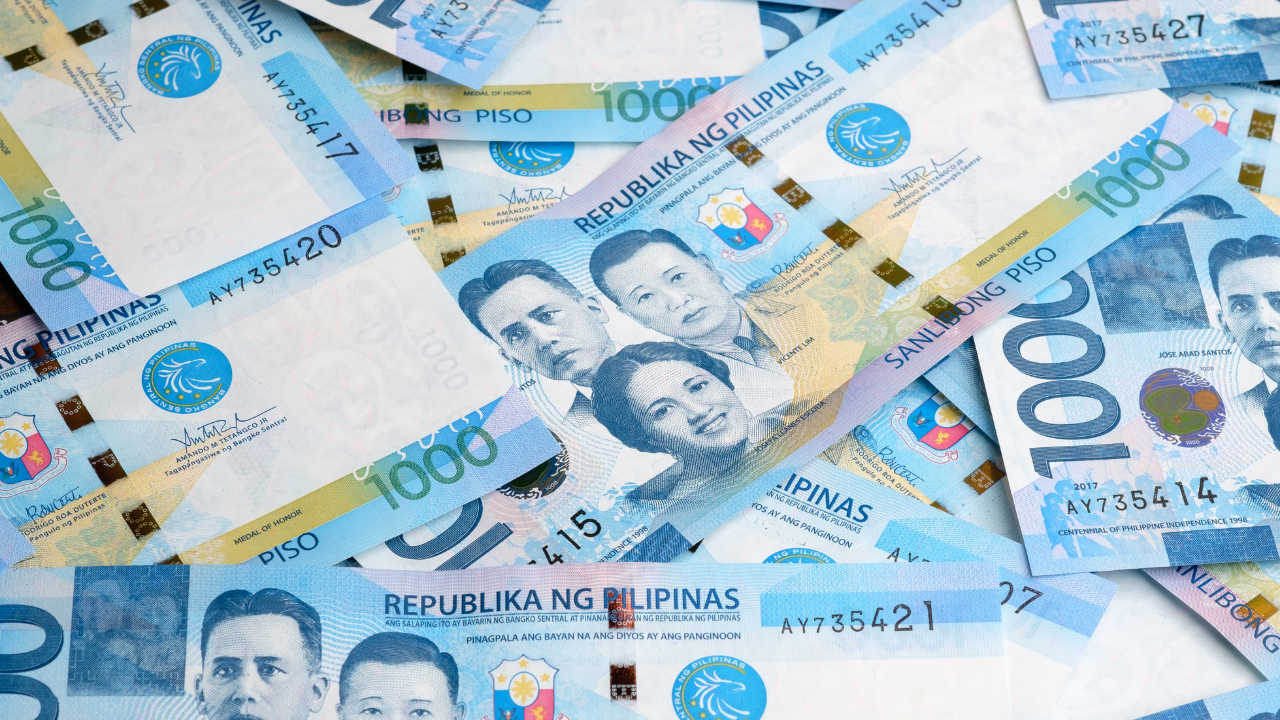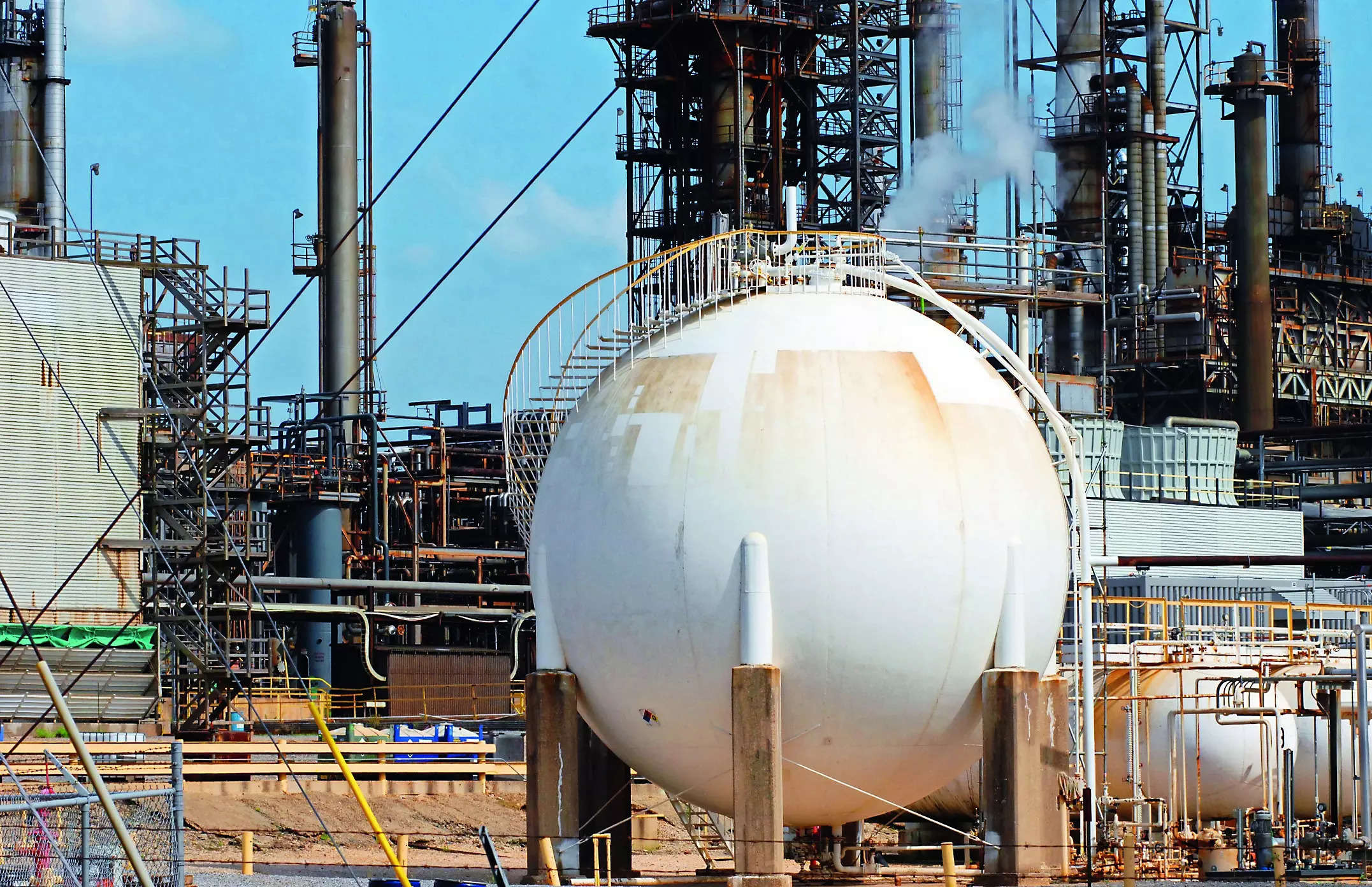
LAST year, the Philippine economy grew by 5.6 percent and this year the 6.0 percent barrier might be touched. This brings the country back to the top of the global league in gross domestic product (GDP) growth. For investors, this kind of achievement is always interesting.
The population in the Philippines is currently around 117.3 million, but the absolute size of the economy in a global comparison is still more modest. Its growth cannot move global economic growth, but for international investors it is interesting if the development is a bellwether for the whole Asean (Association of Southeast Asian Nations) region — that is, of regional size.
Another critical question is if the growth is healthy or just publicly sponsored by, for example, infrastructure investments. The Covid-19 period was tough on the public budget where the government debt-to-GDP ratio jumped to 60 percent and spending continued bringing the ratio to around 63 percent last year. However, it remains even lower than the debt level in Germany and far lower than in, for example, the United Kingdom or France.
The Philippine government's choice to keep the debt ratio at this higher level is reflected in its budget deficit ratio to GDP, which stood at minus 7.3 percent in 2022. This is somewhat better than the minus 8.6 percent in 2021. The improvement continued to around 6 percent last year and will probably reach 5 percent this year.
I argue that the government spending is too high despite the current target of bringing it down to a yearly deficit of 3 percent in 2028. So yes, the high GDP growth rate is supported by too high government spending. However, the most important factor is that a predominant part of the economic growth is what I call "healthy," which is extremely important. Even if the growth is corrected for the extra public spending, Philippine economic growth is in the global top league.
The key is the growth drive from the private sector, including households, that are spending more. The current outlook for 2024 is another step up for GDP growth despite the government continuing to reduce the budget deficit measured as a percent of GDP. Again, in 2024, it will be the private sector that will be generating the push in the economy, which is very encouraging.
The Philippines is showing a particularly strong development, but broadly it is the same trend across the Asean countries except Singapore. I regard the good growth story as on a regional level with some differences, but I would say it is still sizable enough for international investors to give it some attention.
The Philippines and its Asean fellows have great options to influence investor appetite positively. It might hurt headline growth to cut public spending more, but it keeps the economy healthy. It might also be temptin
g to cut interest rates as much as possible, though it would be wise to keep the Philippine peso strong and stable. This approach is contractive and is not popular, but the growth story can be won by outperforming other countries and governments in another way.
The winning economies for the rest of this decade will be dynamic and have strong domestic growth in the private sector. The Philippines belongs to the group of countries that can push the domestic dynamic on its own, which will attract investors.
A good example right now is the finance ministry selling government properties, mining and other assets, which overall is a fine initiative, though selling infrastructure could be considered twice. The most important issue with the offload of government-owned assets is, though, not the sale but how the money is spent.
As always, I stress that the most important sector that needs to have a higher priority is the IT (information technology) and internet infrastructure rather than, for example, a new railway. For the whole Asean region, the Philippines is one of the biggest potential and dynamic factors that helped increase the household savings now contributing to the establishment of startups. In other words, entrepreneurship and innovation are increasingly the core of the startups in the Asean region.
One of the best public investments in the Philippines — and in any country in the world — is to make the best conditions for startups and entrepreneurship. This kind of dynamic within an economy will be a decisive factor in securing not only high, but also healthy, growth.
In my assessment, I find these opportunities across the Asean region, partially also in India. Believe it or not, China is also still doing good in this field. One thing is for sure: Asia has all the preconditions to win the growth race for the rest of this decade and beyond.
Peter Lundgreen is the founding CEO of Lundgreen's Capital. He is a professional investment advisor with over 30 years of experience and a power entrepreneur in investment and finance. Lundgreen is an international columnist and speaker on topics about the global financial markets.
Read The Rest at :





